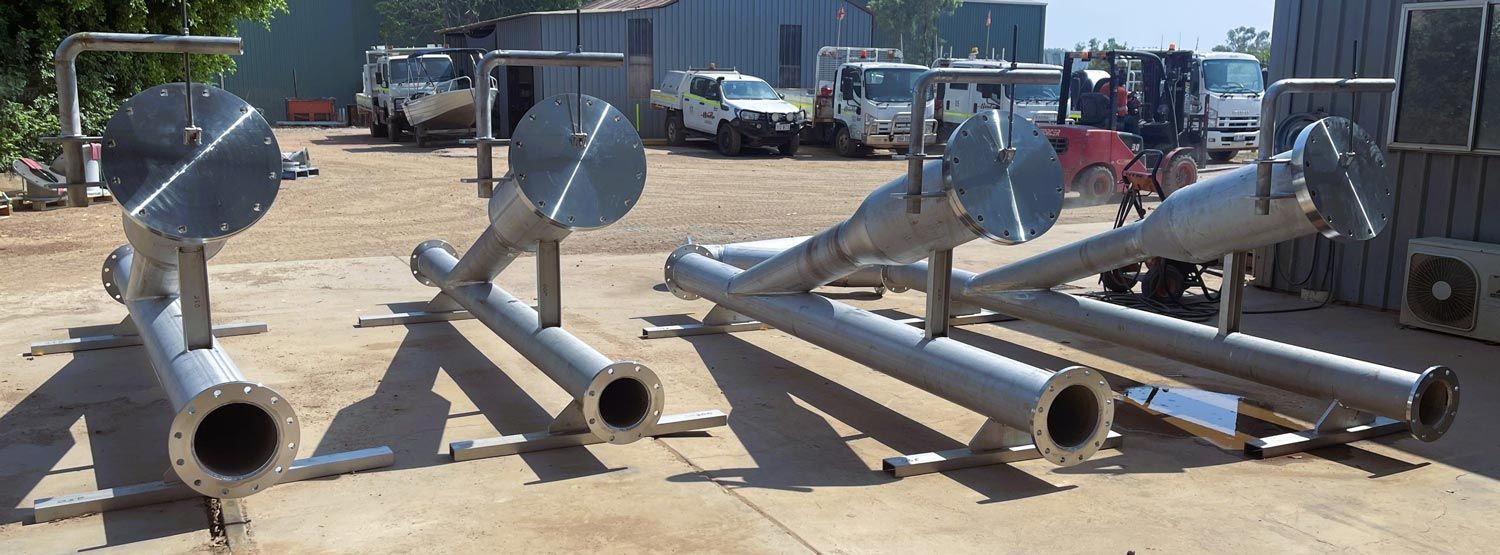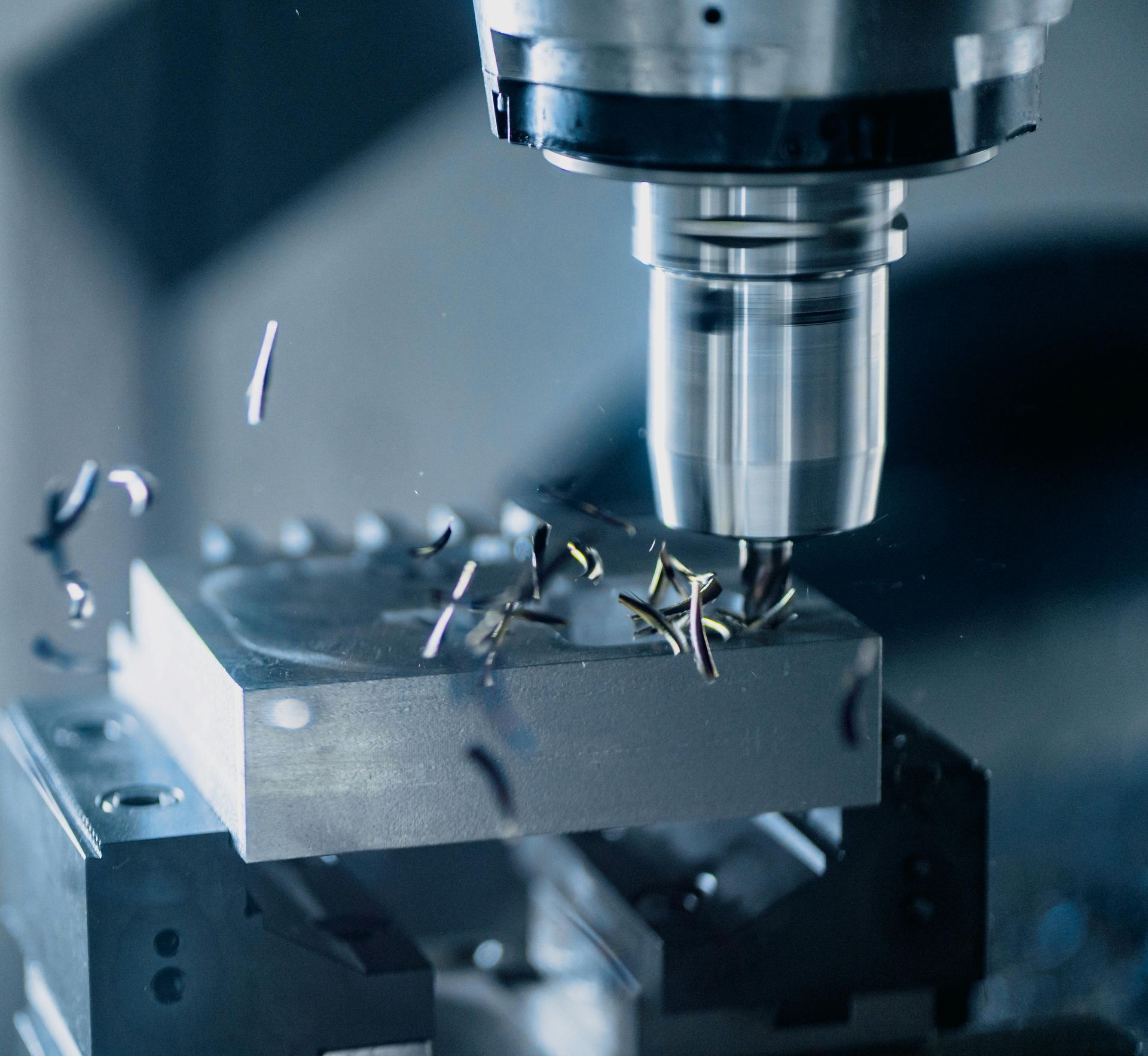Best Practices in Preventing Galvanic Corrosion on Stainless Steel
Protecting joins from galvanic corrosion is a priority for many industries. Here we detail best practices to minimise the risk of the conditions developing which would facilitate galvanic corrosion.
Plan ahead
Where there isn't an alternative to joining two surfaces that have markedly different electrical potentials, recognising that the risk exists provides the opportunity to provide a suitable solution to the problem.
Consider the use of a sacrificial anode
Prevent the electrolyte from connecting with the two surfaces of the joint
Remove the electrolyte, or add an inhibitor if removal is impossible
Few joins start their life with an electrolyte already present. In most cases, the electrolyte is water that's penetrated a joint exposed to adverse weather conditions, seawater or other challenging environments. Minimising exposure to the weather reduces the risk of galvanic corrosion significantly. If this isn't possible, a pre-emptive inhibitor can be placed in between the two joint surfaces. In the event that moisture does penetrate into the joint, the inhibitor acts to slow the development of electrical potential difference between the surfaces.
Following some or all, of these suggestions, should go a long way to reducing or even eliminating the likelihood of galvanic corrosion.
Hardrok Engineering have experts that provide care for stainless steel here in Mount Isa, have a corrosive free stainless steel and make your work easy.
Contact us on
07 4749 1770 today!








